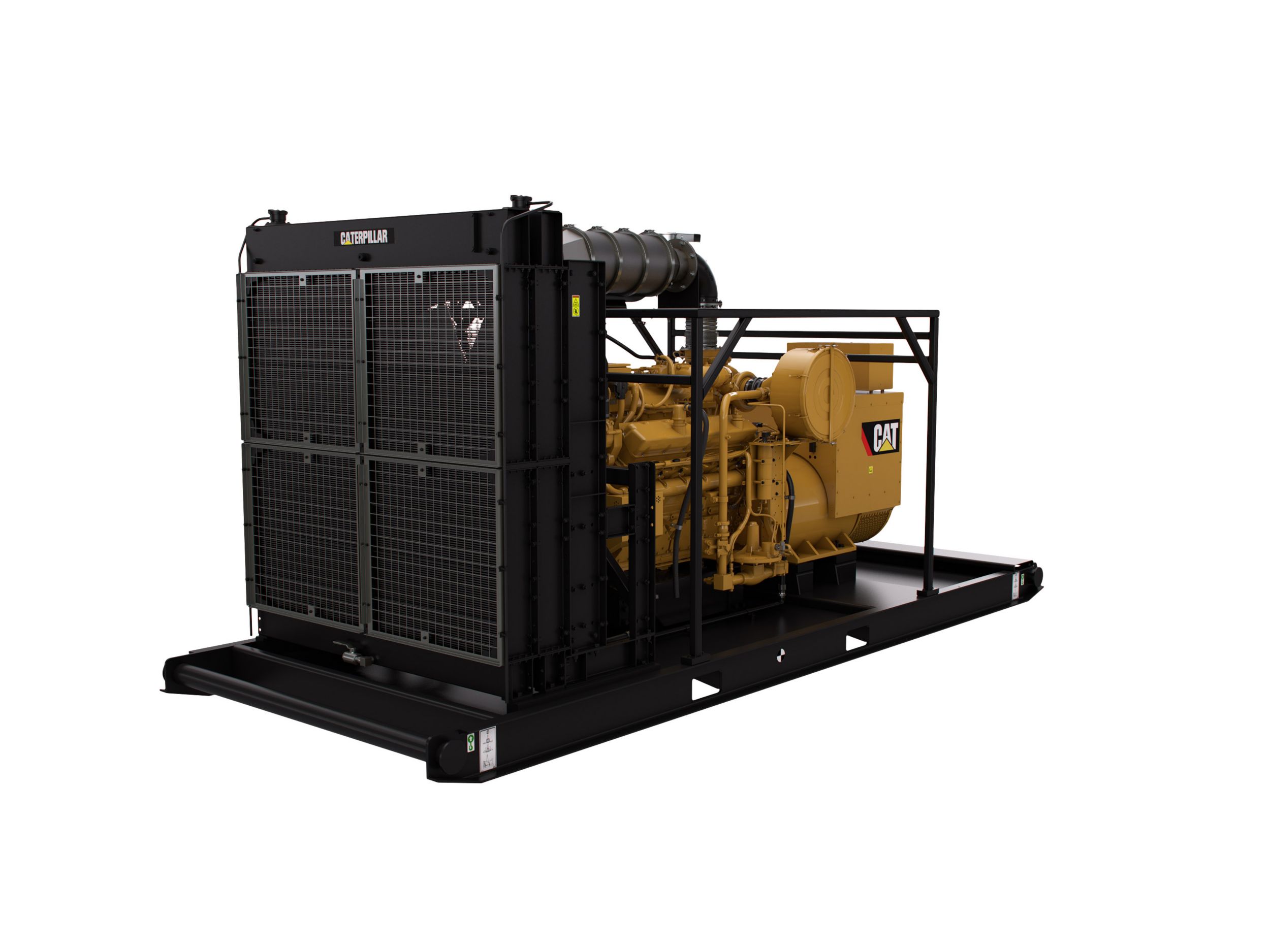If you already have an existing account with another Cat App, you can use the same account to sign in here.
One Account. All of Cat.
Your Caterpillar account is the single account you use to log in to select services and applications we offer. Shop for parts and machines online, manage your fleet, go mobile, and more.
Account Information
Site Settings
Security
What are the latest trends in oilfield power
by Isaac Fox
Electrical power is required in the oil field for a variety of purposes, from illumination to process heating to pumping of water and oil. Depending on the availability and reliability of local infrastructure, this power may be sourced from a grid, from "alternative" technologies like solar panels, from generator sets, or from a combination of the above.
During the last surge in oilfield development in the US, there were many areas where grid development could not keep pace with additions of new wells and small generator sets were used to provide for electrical needs on an interim bases until grid connections were available. In some of those instances the generator sets would be left on site to provide backup power after the grid was connected, and in other instances the generator sets were removed and used again at other sites. To what extent has the recent slowdown in oilfield activity given the grid time to expand and fill this need? When activity picks up will many wells still require off-grid power solutions? When would you use a generator set, and when would you use another power technology like solar panels?
When a particular site requires generator sets, one of the key factors determining whether natural gas or diesel-fueled units will be used is the expected duration for the generator sets' use on site. For sites where a generator set will be operating continuously for months or more, gas generator sets are preferred due to their lower long-term operating (fuel) costs, whereas for short term needs diesel generator sets have advantage due to their portability and ease of installation. In either case the generator sets can be purchased or rented, but rentals tend to be used in shorter-duration applications while purchased units are used for longer stays. In the US, the impending end of OEM Flex programs for Tier 4 will mean additional challenges for diesel generator sets - their cost will go up and they will require DEF (diesel emissions fluid) to meet emissions which can have logistics implications for remote sites. Gas generator sets on the other hand require installation of an appropriate fuel supply, which may not be feasible for shorter duration needs. What percentage of your generator set needs will be filled by diesel and what percent by gas?

For several years the "rental" and "purchased" markets for generator sets in oil and gas applications in the US were approximately the same size. Since late 2014 however, owing perhaps to a lack of available capital, rental volume has surged and purchases have dropped. When oil prices increase and US drilling and exploration resume, will the market revert to the historical averages (even split), or will rental continue to dominate? My expectation is that to reduce operating costs, most companies with long-term generator set needs will once again purchase them and the rental market will largely service the short-term needs. Is this consistent with your view?
When a particular site requires generator sets, one of the key factors determining whether natural gas or diesel-fueled units will be used is the expected duration for the generator sets' use on site.
Caterpillar is a leading supplier of power generation systems for the oilfield, and likes to be in touch with our customers’ needs. We are constantly searching for trends and evaluating the need for new products in the marketplace. If you are involved in the selection of oilfield power generation equipment, generator sets or otherwise, I'm interested in hearing from you about the factors that are driving your choices today and where you see the market going in the future.

